The books in our list challenge traditional stereotypes and gender marketing, demonstrating that being a girl does not require you to dress or behave in a certain way and you can be the hero in the story too. They show strong female characters choosing what they want to play with, having adventures and standing up for themselves. Our list includes recently published books and well known stories. There are also real life stories here of significant women, some alive today such as the inspirational Malala and some who have made a difference throughout history as well.
We hope this collection will help inspire girls to aspire and that you will enjoy sharing them with your daughters, and with your sons too.
Ada Twist Scientist, Andrea Beaty, David Roberts (illus)
Abrams books for young readers
Age 5-7
Ada Marie doesn’t start talking until she is three, but when she does she is full of questions and curiosity about the world ‘Why are there pointy things stuck up a rose?’ ‘Why are there hairs up inside your nose?’ She causes havoc in her quest to find answers to these questions, both at home and at school. Her parents and teacher recognise she is showing the traits of a scientist with her questions, hypotheses and endless tests and try to help. But the question which is most perplexing Ada is a strange smell which seemed to follow her around. A mystery which young readers might like to speculate about! Could it be her brother’s smelly feet…!?
An amusing story and rhyming text which skips along and illustrations which add to the humour.
Watch a trailer
Watch the story read aloud From Nana Kate
See also Rosie Revere Engineer and Iggy Peck Architect
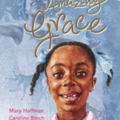 Amazing Grace
Amazing Grace
Mary Hoffman, Caroline Binch (illus)
Frances Lincoln books
Age 5-7
Grace absolutely loves stories and spends as much time as possible acting them out. When her teacher announces the class will be performing Peter Pan Grace in desperate to be given the leading role. Her classmates tell her the she can’t be Peter Pan because she is a girl and because she is black. Grace is understandably upset by this. Her ma and nana tell her she can be whatever she wants to be. Ma tells her Peter Pan is always a girl anyway and Nana takes her to see a ballet with a black lead ballerina. Inspired, Grace gives a brilliant audition and is chosen to play Peter Pan and is a huge success.
This is a beautifully illustrated and aspirational story about striving for your dreams.
As Grace’s Nana says ‘You can be anything you want Grace if you put your mind to it.’
Amazing Grace is one of a highly successful series about Grace by the same author/illustrator team. See our activity ideas for another in the series, Grace and Family here:
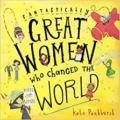 Fantastically Great Women who changed the World
Fantastically Great Women who changed the World
Kate Pankhurst
Bloomsbury
Age 5+
This accessible picture book celebrates the achievements of great women throughout history. It includes women from a wide range of fields such as science, aviation, archaeology, activism, sport, literature, art and even espionage! The stories of some of these are well-known such as Anne Frank and Rosa Parks, but some such as Sacagawea, a Native American Indian will be less so. This book is attractively illustrated with a double page spread for each of its subjects. Emmeline Pankhurst, the leading British Suffragette with whom the author Kate Pankhurst has a distant family connection is included too.
The publisher Bloomsbury have a freely available activity book you can download here
See also: Fantastically Great Women who Changed History by the same author.
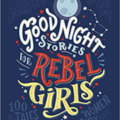 Goodnight stories for Rebel Girls
Goodnight stories for Rebel Girls
Elena Favilli and Francesca Cavallo
Particular Books
Age 7+
Written in bedtime story style, with a hundred mini biographies of significant women throughout history and from across the globe, this is a fascinating book. We travel back in time to meet Cleopatra and back to the present to find out about Malala Yousafzai’s story and achievements. Significant women from the worlds of science, the arts, archaeology, espionage, exploration and athletics are included. Some names such as Florence Nightingale and Michelle Obama are well known but many are virtually unknown.
Carefully researched and published after a successful crowdfunding campaign this book developed after the writers’ concern about what they perceive as continued gender stereotyping in media, the writers aimed to challenge this.
The beautiful portraits alongside each biography by female artists make this a very attractive book. There is space at the back for young readers to write their own story or ambitions. A book to open all children’s eyes to the role of women in our world’s ongoing story and inspire young girls to follow their dream.
There is also a sequel for readers looking for more stories about inspirational women, Goodnight Stories for Rebel Girls 2.
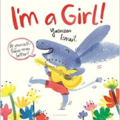 I’m a Girl!
I’m a Girl!
Yasmeen Ismail
Bloomsbury
Age 3-5
The main character in this story loves speeding on her scooter, running really fast, playing the drums loudly and she is always making a mess. Everyone assumes she’s a boy because she behaves like this and wears shorts not dresses. She quickly puts them right though, declaring, ‘I’m a girl, I’m a girl, I’m a girl!’
This is a book which challenges what girls and boys can do; girls can race about make a noise one minute and play with soft toys the next. And it’s ok for boys to wear skirts and play with dolls too. In fact this is a book which celebrates the message on the cover ‘Be yourself, there’s no one better,’ shouting it loud and clear.
Yasmin Ismail talks about the background to the story here
Watch a trailer here
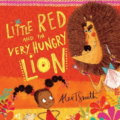 Little Red and the Very Hungry Lion
Little Red and the Very Hungry Lion
Alex T Smith
Scholastic
Age 3-7
In a delightful twist on the Red Riding Hood story, a very hungry lion is no match for Little Red. Set in a vibrant African landscape with gazelles and elephants, Little Red lives with her daddy and sets off to visit her auntie to take her medicine when she is ill. On her journey she travels over sleepy crocodiles and catches a lift on an elephant. Little Red meets a lion on the way who works out a clever plan to eat her. He has underestimated Little Red though, she isn’t fooled by his disguise when she meets him at her auntie’s house. With no messing at all she teaches the lion a thing or two causing him great embarrassment by giving him a new hairdo, dressing him up and telling him the error of his ways. The lion seems repentant and content with doughnuts instead of little girls to eat in future, though he hasn’t completely ruled out eating Little Red’s daddy…
This is a very funny story with an assertive heroine. The illustrations are fabulous and the double page picture of the lion with his hair braided hilarious.
Malala’s Magic Pencil
Malala Yousafzai, Keraskoët (illus)
Puffin Books
Age 7+
This sensitively illustrated picture book, which tells Malala’s own story, aims to explain it in simple terms and inspire others to find their own ‘magic’ just as Malala found her voice.
As a child Malala wished she had a magic pencil to change the world for the better, for example, she would draw schools for her father with it so children could study for free. Education really matters to Malala and when dangerous men stopped girls attending school she started writing about what was happening in her country and people around the world started listening to what she had to say. With just a hint at the attempt on her life Malala describes her continuing fight for education and equality:
‘One child, one teacher, one book and one pen can change the world.’
Malala introduces her book here
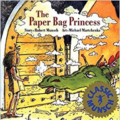 Paper Bag Princess
Paper Bag Princess
Robert Munsch, Michael Martchenko (illus)
Annick Press
Age 5-7
First published in 1980, this classic feminist picturebook still entertains and has a strong message. Princess Elizabeth is all set to marry Prince Ronald when a dragon smashes her castle, burns it down and carries off her Prince. Undeterred, Elizabeth dresses in the only thing she can find, a paper bag and sets off to rescue him. With bravery and cunning, she outwits the dragon and rescues the prince. Instead of being grateful, the prince criticises her appearance and tells her to tidy herself up! At this the heroic princess decides he is not the one for her after all and the marriage is off
For another story about a Princess who definitely isn’t looking for a handsome prince see Princess Smartypants by Babette Cole.
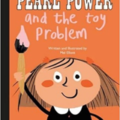 Pearl Power and the Toy Problem
Pearl Power and the Toy Problem
Mel Elliott
I Love Mel
Age 5-7
When Pearl’s new neighbour Jerome comes to visit he brings his toy dinosaur. He tells Pearl and her friend Sebastien that she can’t play with it because she’s a girl – dinosaurs are for boys, he learnt that from a TV Ad. Pearl decides to teach Jerome a lesson by ‘pinkifying’ his dinosaur, much to his dismay. Sebastien points out that dinosaurs are not only for boys and there’s nothing wrong with a pink one either. Not content with this, Pearl and Sebastien write to the woman in charge of the TV and ask her to block these ads. They are delighted to receive a reply which declared:
‘From now on the makers of toys will have to stop saying they are for girls or for boys.’
A direct challenge to toy manufacturers and the media and lots to discuss in this amusing rhyming story. This is one of a series about Pearl Power.
See a trailer for the first in the series here:
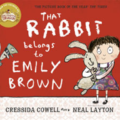 That Rabbit Belongs to Emily Brown
That Rabbit Belongs to Emily Brown
Cressida Cowell, Neal Layton (illus)
Hodder Children’s Books
Age 5-7
Emily Brown has a very special toy, an old grey rabbit called Stanley. Every day they have amazing adventures together; in outer space, under the sea, in the desert and deep in the rainforest. When Queen Gloriana’s chief footman knocks at the door offering to swap Stanley for a brand new teddy Emily says emphatically, ‘NO’. Undeterred the queen sends the army, the navy and the air force, each offering more and more gifts in exchange for Emily’s toy rabbit. Nothing persuades her to part with her favourite toy until the Queen’s special commandos steal Stanley from Emily’s bedroom. Emily is furious and goes immediately to the palace where she finds Queen Gloriana and Stanley in a sorry state. Emily takes charge, rescues Stanley and tells the queen exactly what to do so that she can have a special toy of her own.
A funny, clever story with a great main character. Emily’s assertive responses to her rather self-important series of visitors make this story fun to read aloud and share again and again. Brilliant illustrations add to the humour.
See our activity ideas here
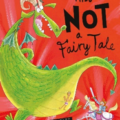 This is not a fairy tale
This is not a fairy tale
Will Mabbitt, Fred Blunt (illus)
Puffin
Age 3-7
Why do princes have all the adventures while princesses have to wait to be rescued? Sophie, fed up with this, decides to change the story while dad reads to her. Her story has a brave princess, a bald prince locked in a tower (obviously), a transforming combine harvester/robot (less obviously!) and a fire breathing dragon. The princess saves the day and dad gets so carried away with the brilliant adventure he forgets he is cooking sausages for tea which end up rather burnt.
An amusing story with equally amusing illustrations which might encourage some changes to traditional story play roles. The fun Sophie has creating her own story might encourage children to have a go too.


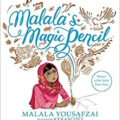
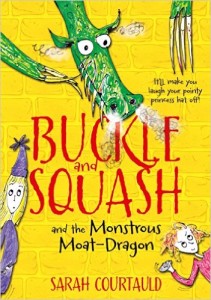

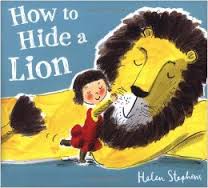
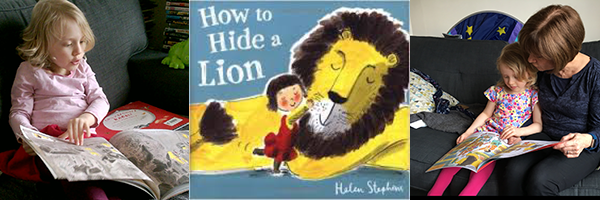
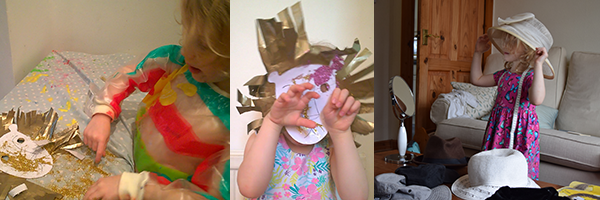
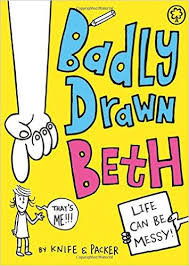 Badly Drawn Beth Knife and Packer
Badly Drawn Beth Knife and Packer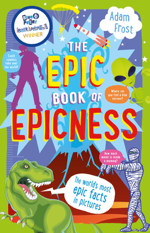
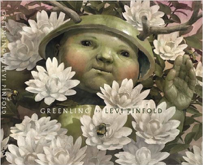
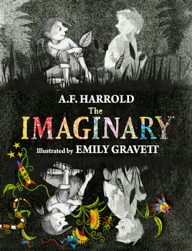 The Imaginary AF Harrold and Emily Gravett
The Imaginary AF Harrold and Emily Gravett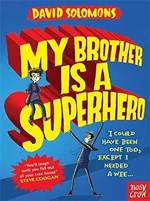 My Brother is a Superhero David Solomons
My Brother is a Superhero David Solomons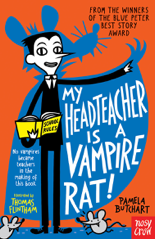 My Head Teacher is a Vampire Rat Pamela Burchart
My Head Teacher is a Vampire Rat Pamela Burchart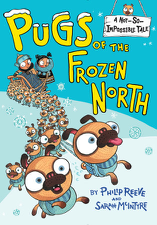 Pugs of the Frozen North Philip Reeve and Sarah McIntyre
Pugs of the Frozen North Philip Reeve and Sarah McIntyre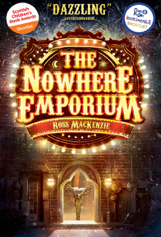 The Nowhere Emporium Ross Mackenzie
The Nowhere Emporium Ross Mackenzie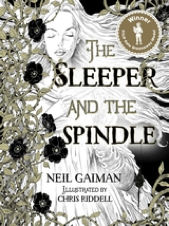 The Sleeper and the Spindle Neil Gaiman and Chris Riddell
The Sleeper and the Spindle Neil Gaiman and Chris Riddell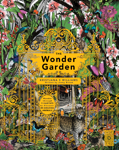 The Wonder Garden Jenny Broom, illustrated by Kristjana S Williams
The Wonder Garden Jenny Broom, illustrated by Kristjana S Williams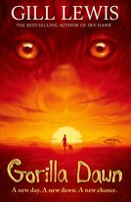 Gorilla Dawn Gill Lewis
Gorilla Dawn Gill Lewis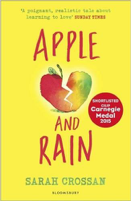 Apple and Rain
Apple and Rain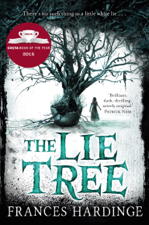 The Lie Tree Francis Hardinge, Chris Riddell (illus)
The Lie Tree Francis Hardinge, Chris Riddell (illus)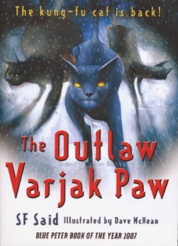
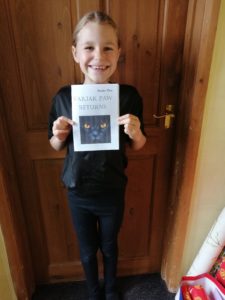

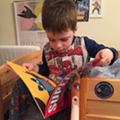
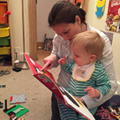
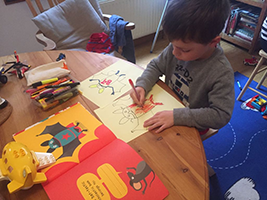
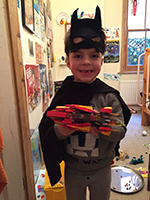
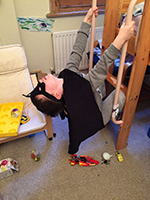
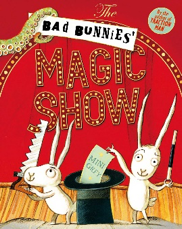 The Bad Bunnies’ Magic Show Mini Grey
The Bad Bunnies’ Magic Show Mini Grey 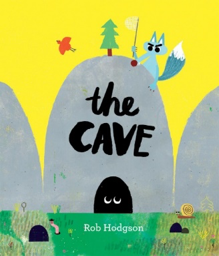
 Diggersaurs Michael Whaite
Diggersaurs Michael Whaite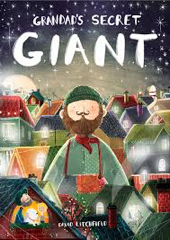 Grandad’s Secret Giant David Litchfield
Grandad’s Secret Giant David Litchfield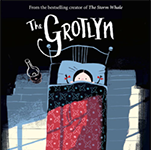 The Grotlyn Benji Davies
The Grotlyn Benji Davies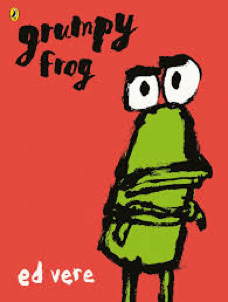 Grumpy frog Ed Vere
Grumpy frog Ed Vere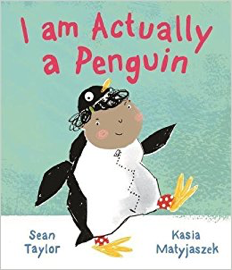
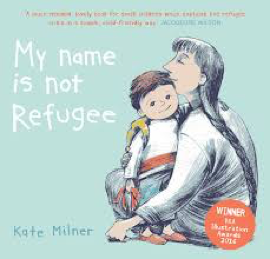 My name is not refugee
My name is not refugee 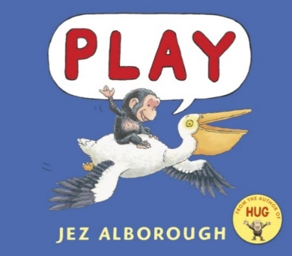 Play Jez Alborough
Play Jez Alborough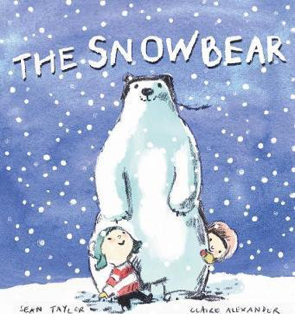 Sean Taylor, Claire Alexander (illus)
Sean Taylor, Claire Alexander (illus)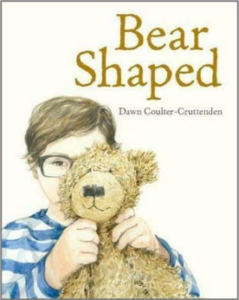 Dawn Coulter-Cruttenden
Dawn Coulter-Cruttenden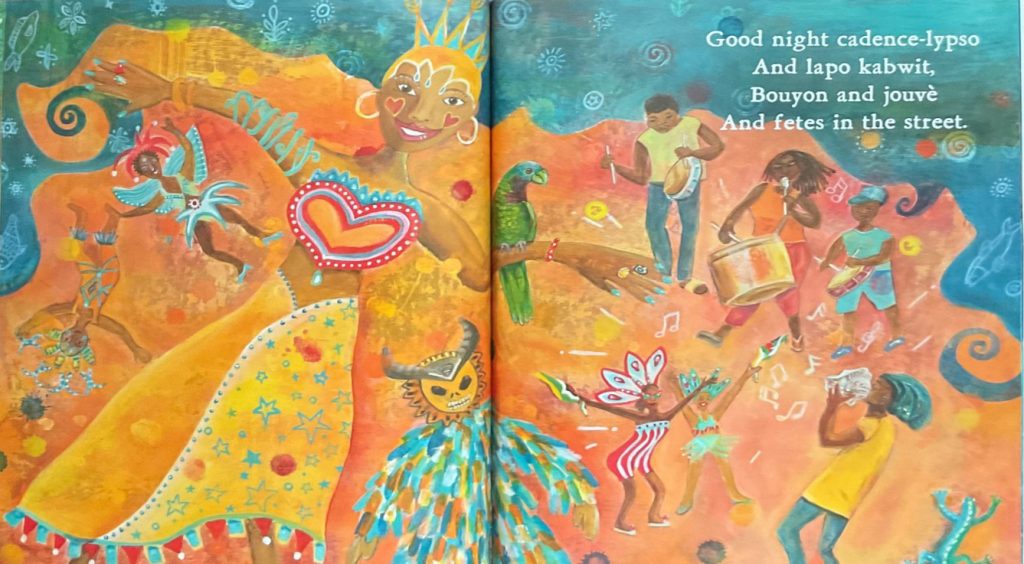
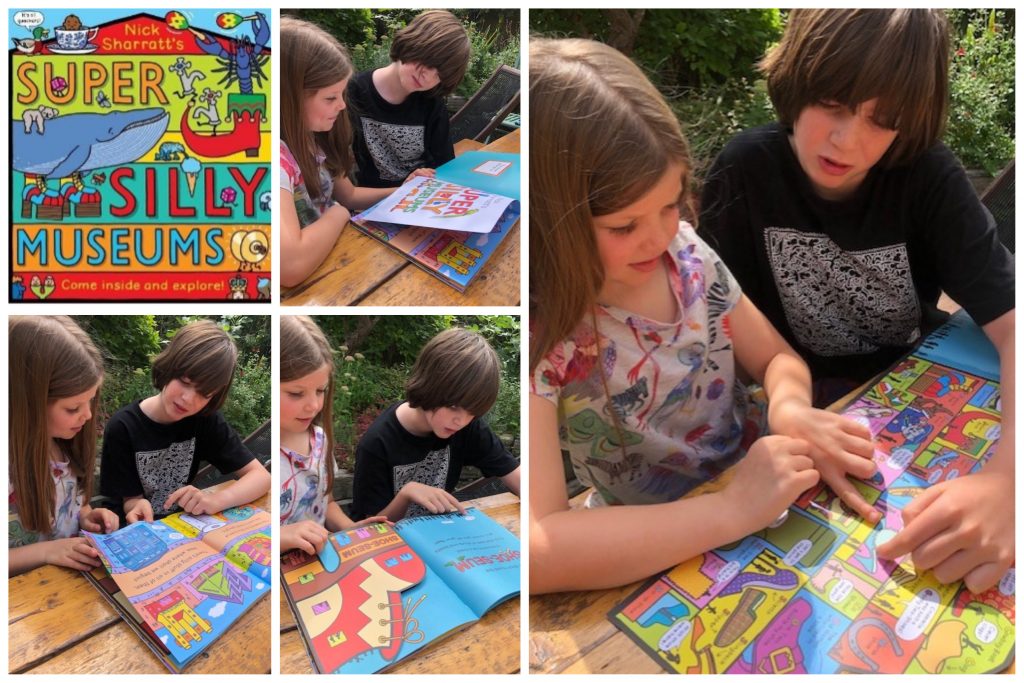

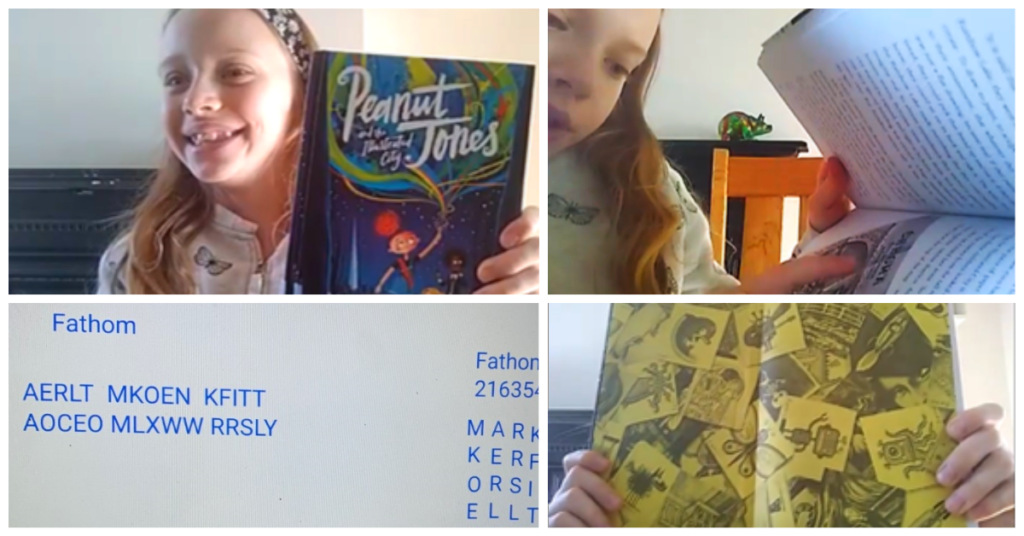
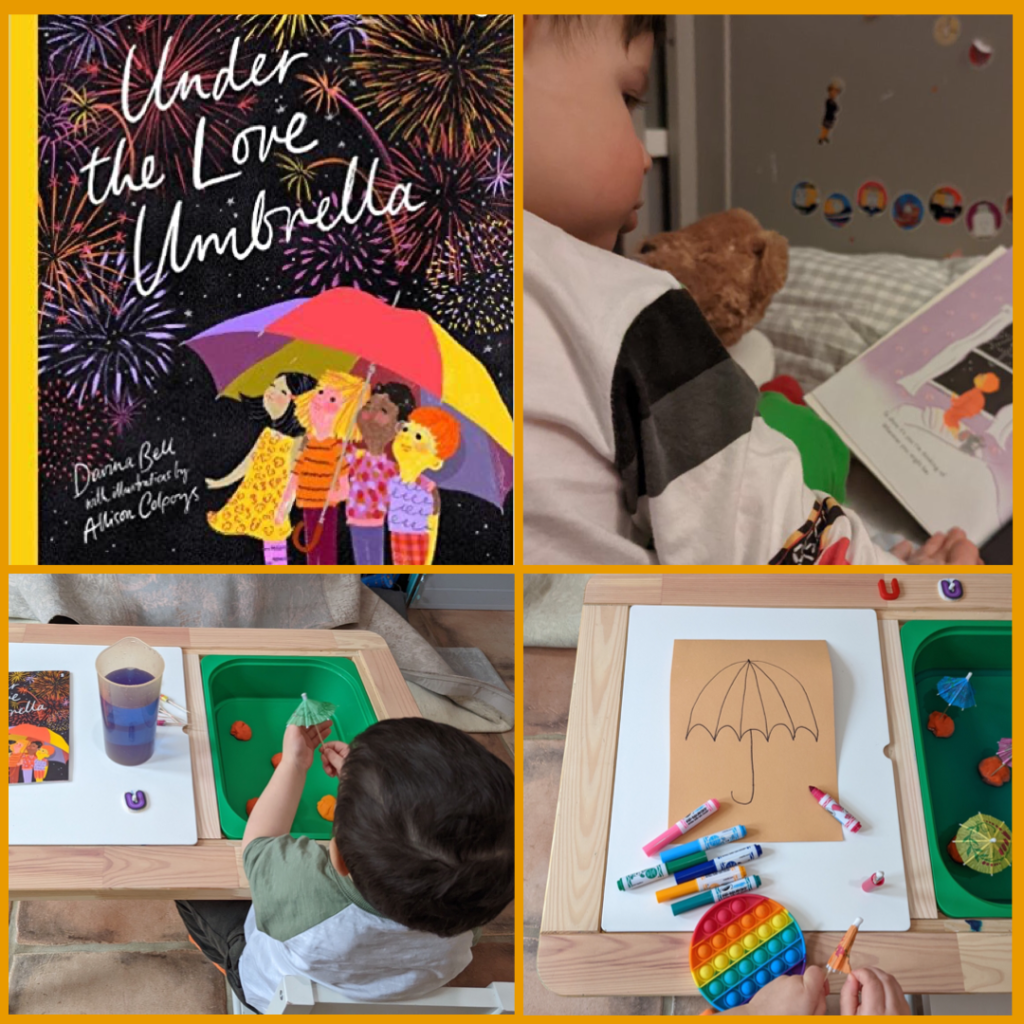
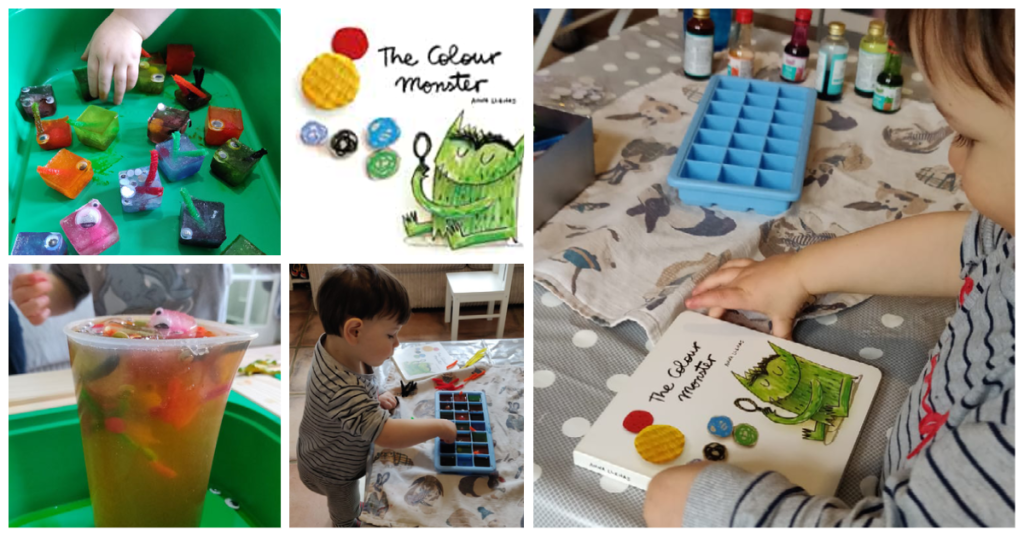
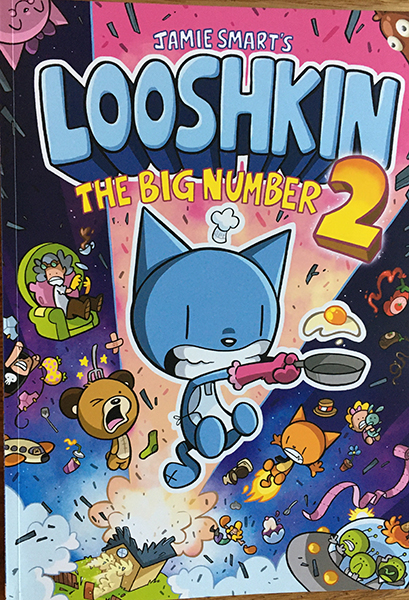
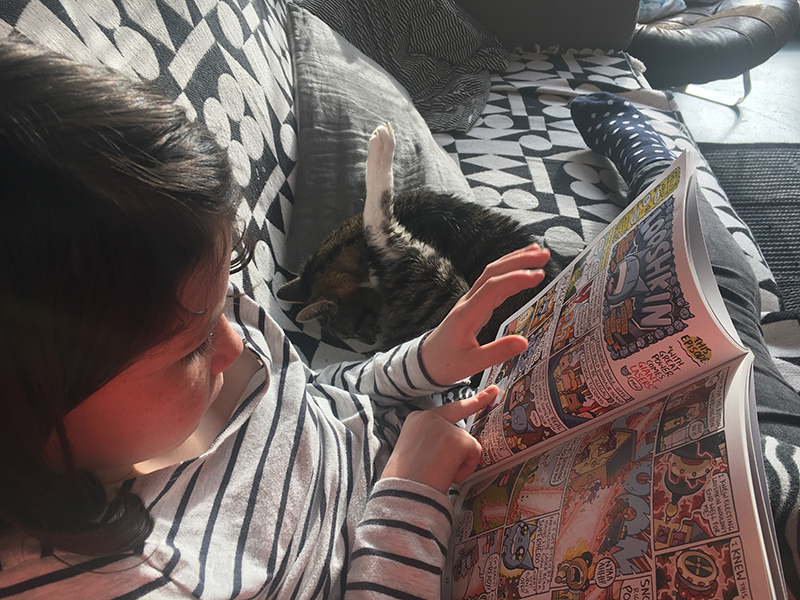
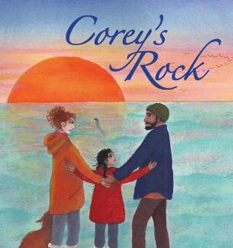
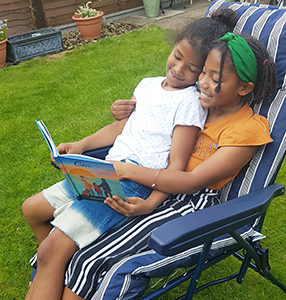
 Follow lovemybooksUK15
Follow lovemybooksUK15